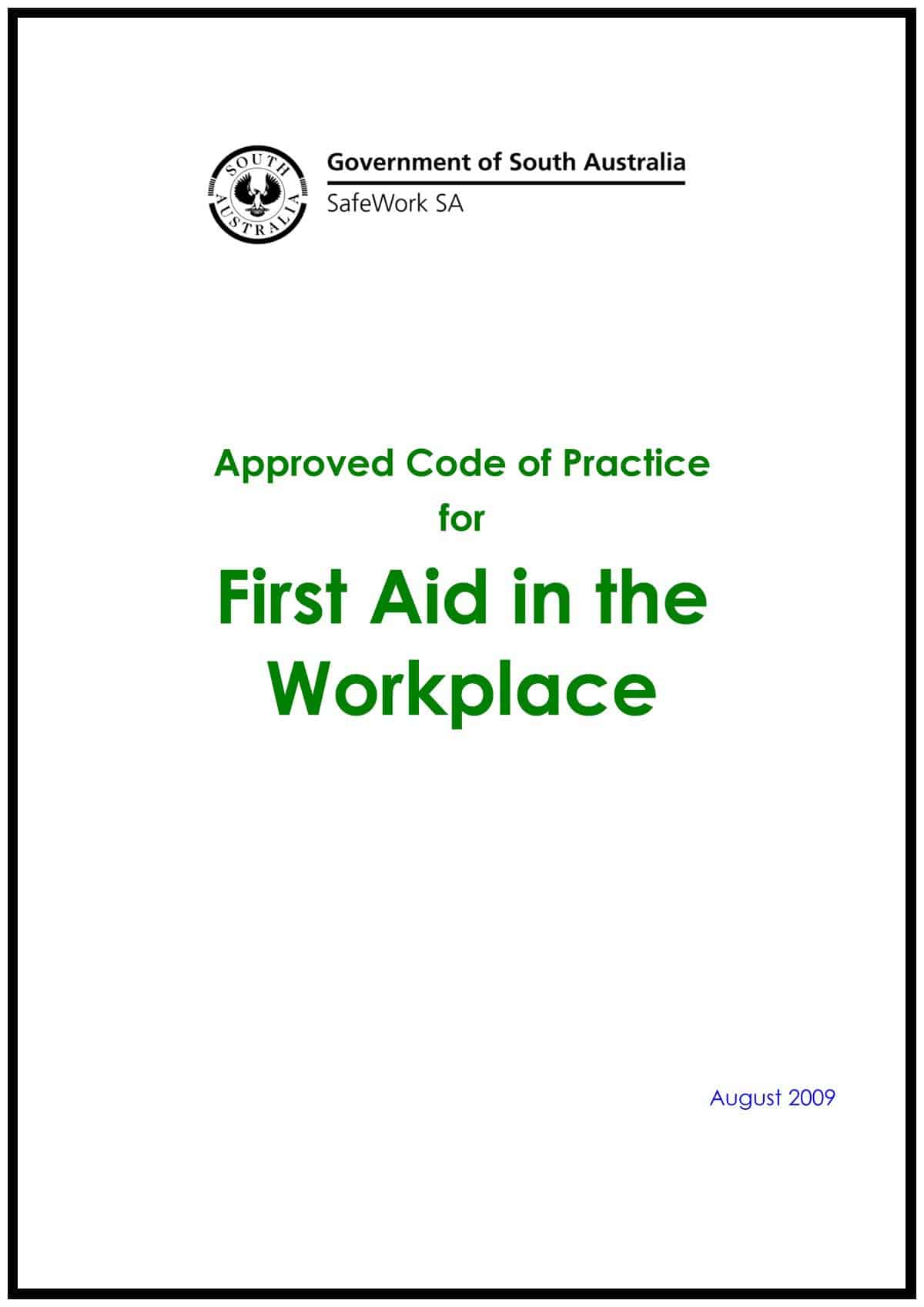On 30 August 2010, WorkSafe Victoria released a media statement about a case in a Magistrates’ Court concerning the death of a worker. Nothing new in that but in this case first aid gains a prominence that is rarely seen because in this case adequate first aid was not provided. The uniqueness of the case justifies reproducing the media release in full:
“A Melbourne magistrate has described the failure of a Cheltenham company to seek first aid for a worker who hit his head and later died as ‘outrageous’.
Metal products manufacturer Pressfast Industries Pty Ltd was convicted and fined last week after a 2008 incident where a worker fell over and hit his head on concrete after being struck by a forklift.
The 60 year-old man was later found unconscious at work and died in hospital two days later.
“There was no qualified first aider on site, and the company failed to call an ambulance or seek first aid for the worker,” WorkSafe Victoria’s Strategic Programs Director Trevor Martin said. “The only staff member with first aid training was certified in 1984, and wasn’t alerted until it was too late,” he said.
In handing down his sentence, Magistrate Andrew Capell referred to the company’s decision not to seek help from the first aider, despite the expired certificate, as ‘outrageous’. Continue reading “The cost of not having first aid”

